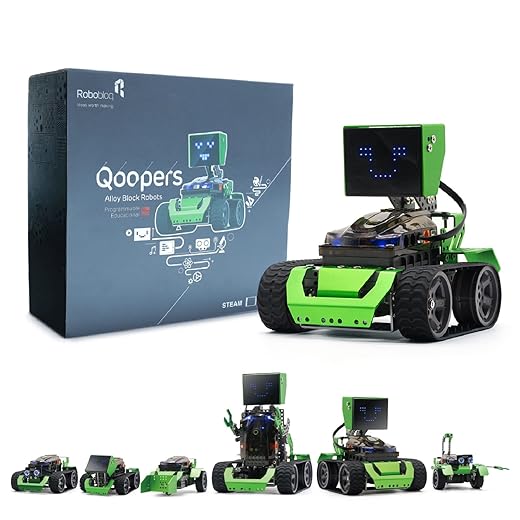









Understanding Robot Software: The Backbone of Automation
In the fast-paced world of technology, robot software stands as a cornerstone for automation across various industries. From manufacturing and healthcare to logistics and customer service, the influence of robot software is undeniable. But what exactly is robot software, and why should you care? Let’s dive into the intricacies of this fascinating subject.
What is Robot Software?
At its core, robot software is a collection of programs that enable robots to perform tasks autonomously or semi-autonomously. Think of it like the brain of a robot, orchestrating its movements and decisions based on a series of programmed instructions. Just as our brains process sensory information and respond accordingly, robot software interprets data from sensors and executes actions.
But don’t let the term “robot” limit your imagination to just mechanical arms or factory floors. Robot software is equally relevant in virtual environments, powering chatbots, software robots, and more. The versatility of this technology is akin to having a Swiss Army knife in your toolkit—capable of handling a variety of tasks with ease.
Types of Robot Software
There are several categories of robot software, each designed for specific applications. Let’s explore a few of the most common types:
1. Industrial Robot Software
Industrial robots, often found in manufacturing plants, rely on specialized software to carry out tasks like welding, painting, and assembly. These systems are usually programmed with a set of predefined instructions, which can be modified as needed. The precision and efficiency of industrial robot software can significantly improve production rates while reducing human error.
2. Service Robot Software
Service robots are designed to assist humans in various settings, such as hospitals, restaurants, and homes. The software that powers these robots often includes advanced algorithms for navigation and task management. Imagine a robot that can deliver medication in a hospital or serve food in a restaurant—service robot software makes these scenarios a reality.
3. Robotic Process Automation (RPA)
RPA is a type of robot software that automates repetitive tasks in business processes. It functions like a virtual assistant, taking over mundane tasks such as data entry or invoice processing. By using RPA, companies can improve efficiency and free up employees to focus on more strategic activities. It’s the equivalent of hiring a diligent assistant who never tires!
The Benefits of Robot Software
So, why should businesses invest in robot software? Here are some compelling reasons:
1. Increased Efficiency
Robot software can operate 24/7 without needing breaks, resulting in a significant boost in productivity. Imagine a factory floor where robots work tirelessly, producing goods at an unprecedented rate. The potential for increased output is staggering.
2. Cost Savings
While the initial investment in robot software may seem daunting, the long-term savings can be substantial. By automating repetitive tasks, businesses can reduce labor costs and minimize errors, leading to lower operational expenses. It’s like finding money you didn’t know you had!
3. Enhanced Accuracy
Humans are prone to mistakes, especially when performing repetitive tasks. Robot software, on the other hand, executes tasks with pinpoint precision. This accuracy not only improves the quality of work but also enhances customer satisfaction.
Challenges and Considerations
Despite its numerous advantages, robot software is not without challenges. The development and implementation of this technology require skilled professionals, which can be a barrier for some organizations. Additionally, the ethical implications of automation—like job displacement—must be addressed thoughtfully.
Future Trends in Robot Software
As technology advances, we can expect robot software to become even more sophisticated. Artificial Intelligence (AI) is likely to play a significant role, enabling robots to learn from their experiences and adapt to new tasks. Imagine a robot that can not only follow instructions but can also think critically and make decisions on its own!
Conclusion
Robot software is revolutionizing the way we work and live. Its applications are vast, from improving efficiency in manufacturing to enhancing customer service in retail. As we continue to embrace automation, staying informed about advancements in robot software will be crucial. Are you ready to harness the power of this technology? The future is bright, and the possibilities are endless.
FAQs
1. What industries are most impacted by robot software?
Robot software significantly impacts industries such as manufacturing, healthcare, logistics, and finance, enhancing efficiency and productivity.
2. How does robotic process automation differ from traditional automation?
RPA specifically focuses on automating repetitive, rule-based tasks, while traditional automation can include a broader range of processes and technologies.
3. Are there ethical concerns associated with robot software?
Yes, ethical concerns include job displacement, privacy issues, and the need for regulations to ensure responsible use of automation technologies.
